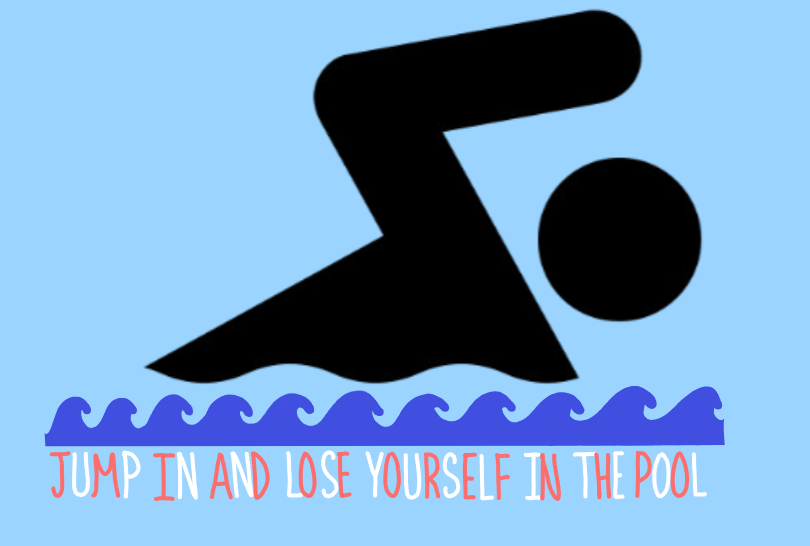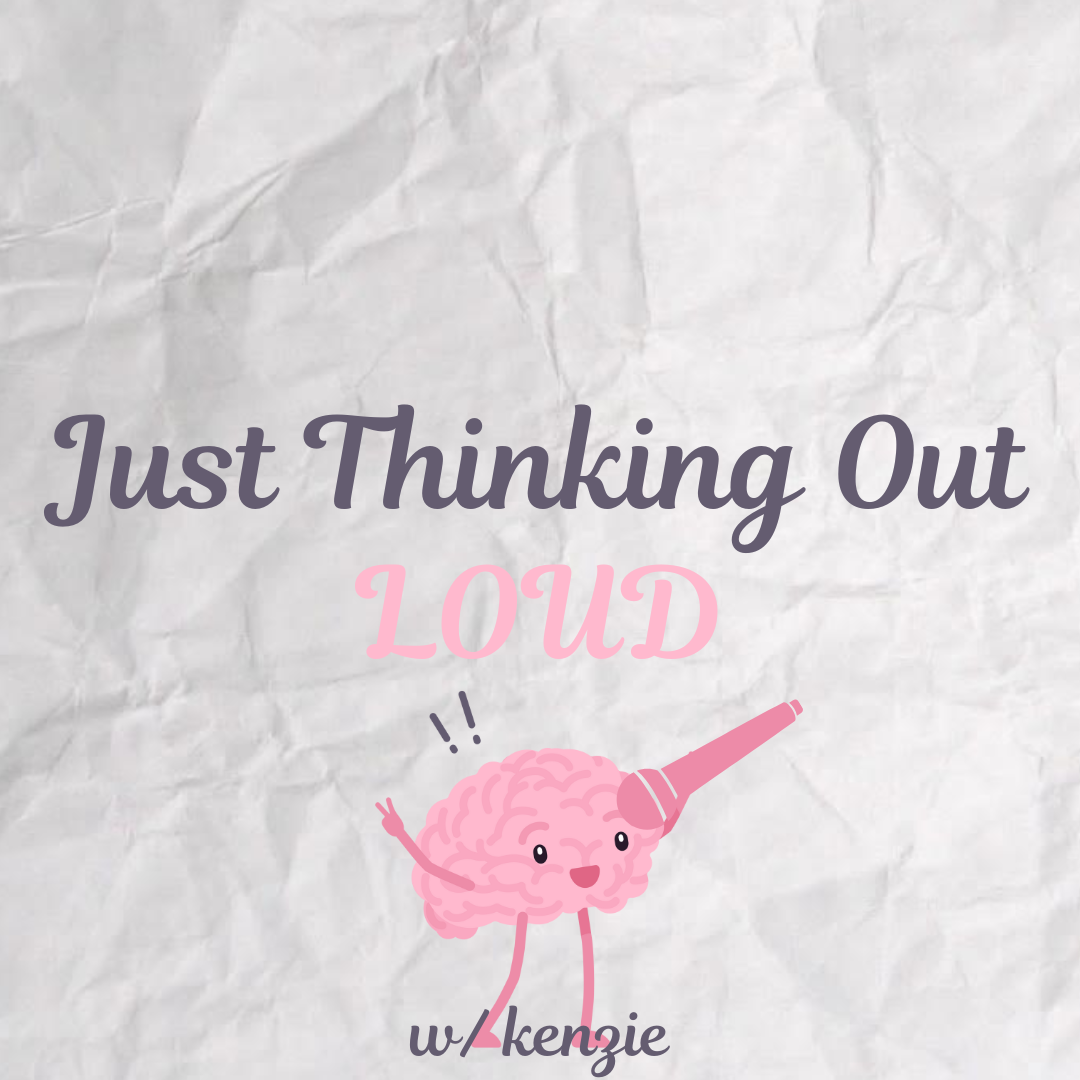Change is hard for everyone, and the transition from fall to winter is one of the hardest changes in the year. The days grow shorter and colder. The sun isn’t out as much and when it is, usually it’s freezing and you don’t exactly want to go outside. Safe to say, when winter comes, your mental health tends to decline.
Of course, not everyone suffers from mental health issues, and some people may thrive in the winter. Winter affects every person differently, but it does affect everyone.
Living in a place like New Jersey where the weather can be especially harsh- both hot and cold- can be very jarring to one’s mental health. According to Mayo Clinic, a nonprofit organization committed to clinical practice, education, and research, “The reduced level of sunlight in fall and winter may cause winter-onset SAD (Seasonal Affective Disorder). This decrease in sunlight may disrupt your body’s internal clock and lead to feelings of depression.”
With the added burden of school on students’ shoulders during the winter, keeping up with everything going on in everyday life is very difficult.
Some symptoms of SAD, according to Mayo Clinic, are “Feeling listless, sad or down most of the day, nearly every day; Losing interest in activities you once enjoyed; Having low energy and feeling sluggish, Having problems with sleeping too much; Experiencing carbohydrate cravings, overeating and weight gain; Having difficulty concentrating; Feeling hopeless, worthless or guilty; Having thoughts of not wanting to live.”
If you’ve started to notice these symptoms, don’t ignore them. tTy and seek someone to talk to, whether it be your parents, friends, guidance counselor- anyone.
Not everyone struggling during the winter will experience those exact symptoms. Some may have all of those symptoms and some may just have a few.
Figuring out a schedule that you can keep up with is the most crucial aspect of making it through winter while keeping your school work at the best you can. Forming the schedule is the hardest part, but you have to find a balance that gives you enough breaks, sleep, and time for hobbies while staying up to date on your schoolwork. It’s very daunting when the work starts to pile up and all you want to do is pull a blanket around yourself and ignore it. The key is to break it down and get just enough work done to not fall behind. This gives you time to yourself, which is crucial during the rough winter months.
SAD varies when it appears for each person, but, according to Mayo Clinic, “In most cases, seasonal affective disorder symptoms appear during late fall or early winter and go away during the sunnier days of spring and summer.” November is usually when winter “starts” here in New Jersey, but November and December are pretty bearable because there are many school breaks throughout the months. The holidays are also something to look forward to. January and February have very few breaks and no holidays, so they are harder to get through. January-February is also typically the coldest, least sunny, month of the year which can cause SAD symptoms to skyrocket.
Sometimes slowing yourself down and taking breaks is what you need to get through the winter.
Categories:
Winter Mental Health
0
More to Discover
About the Contributor

Annika Chamberlain, Staff Writer
Annika is a junior at West Morris Central. This is her first year on The Paw as a staff writer. Annika is a part of the book club and the ski club. Her favorite subject in school is English, but she enjoys them all. When not doing school work, she likes to read anything she can get her hands on, but her favorite genre is fantasy. Annika is so excited to write for The Paw this year!































